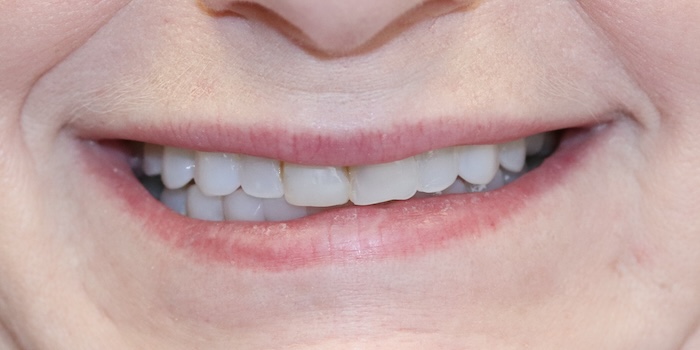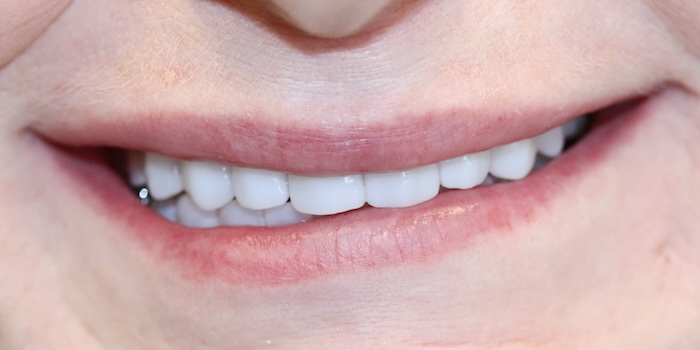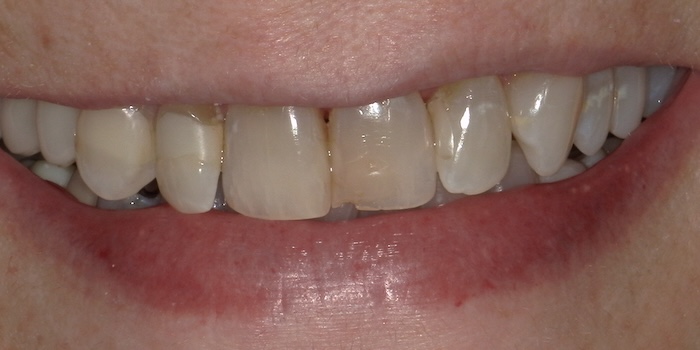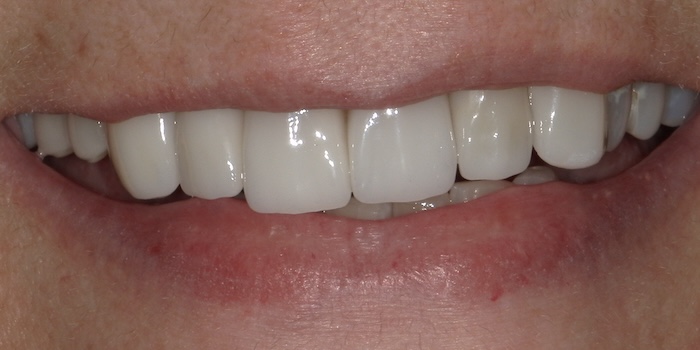
Invisalign
Our experienced Invisalign dentist is here to provide personalized care and attention.
Mother-Daughter Duo
Welcome to MVP Family Dental, your trusted Jenkintown dentist. We are dedicated to providing quality oral health services designed for the whole family. Our experienced dental professionals are fully committed to understanding each patient’s unique objectives and crafting individualized solutions that enhance both health and confidence. Whether you need a routine dental checkup or are experiencing a dental emergency, we’re here to ensure that every visit leaves you smiling.
At MVP Family Dental, we believe in gentle dentistry and personalized care that caters specifically to you and your family's dental needs. Our private family dental office serves the Jenkintown community, focusing on delivering an exceptional patient experience to all age groups.
We offer financing options to make dentistry affordable for you. Learn More


Terry had some misshapen and uneven teeth, but after getting her upper teeth veneered, she has a more uniform and even smile!


Cheryl had some misshapen teeth that were varied in color. We provided her with custom veneers to create a beautifully uniform smile. Now she smiles wherever she goes!